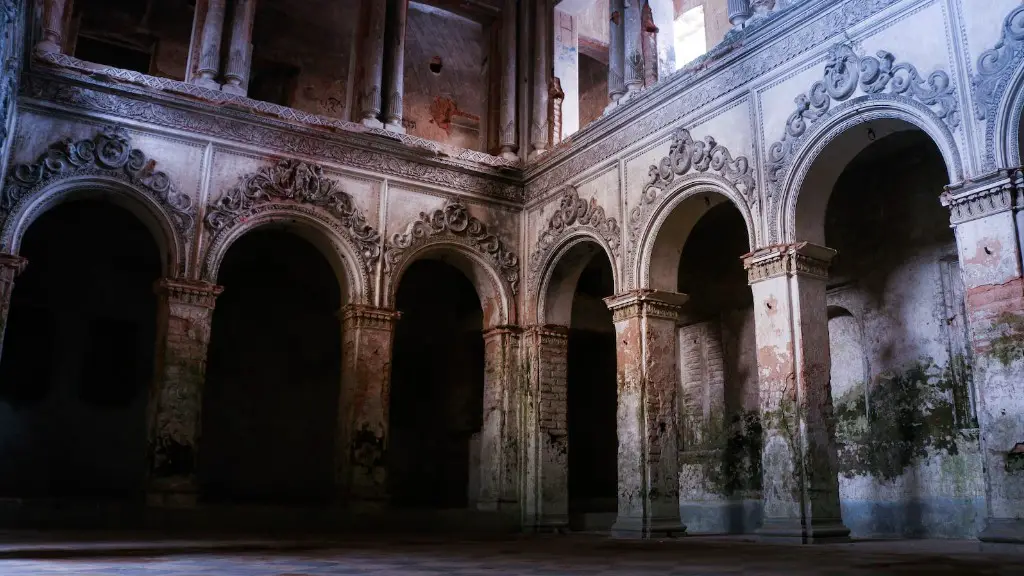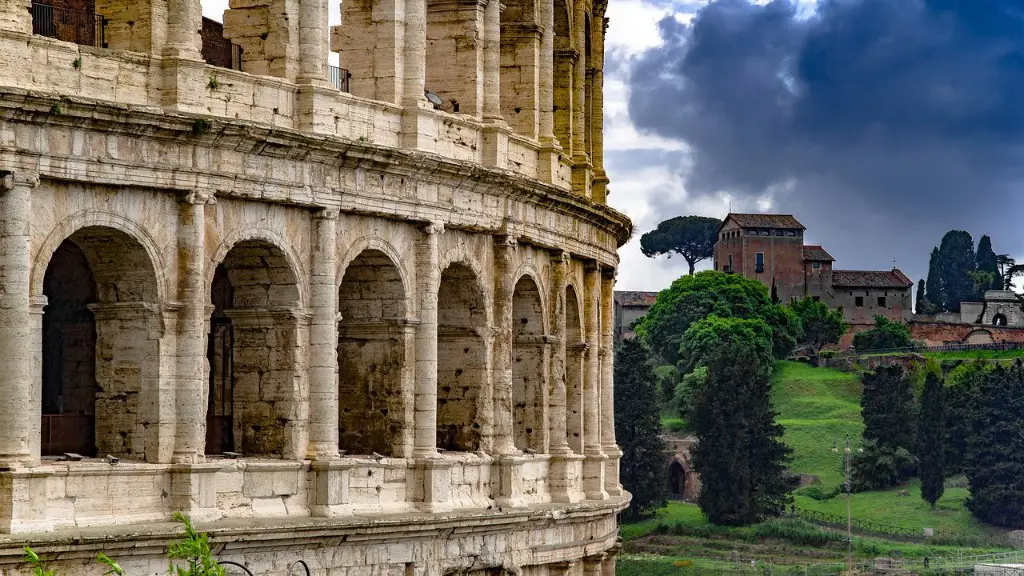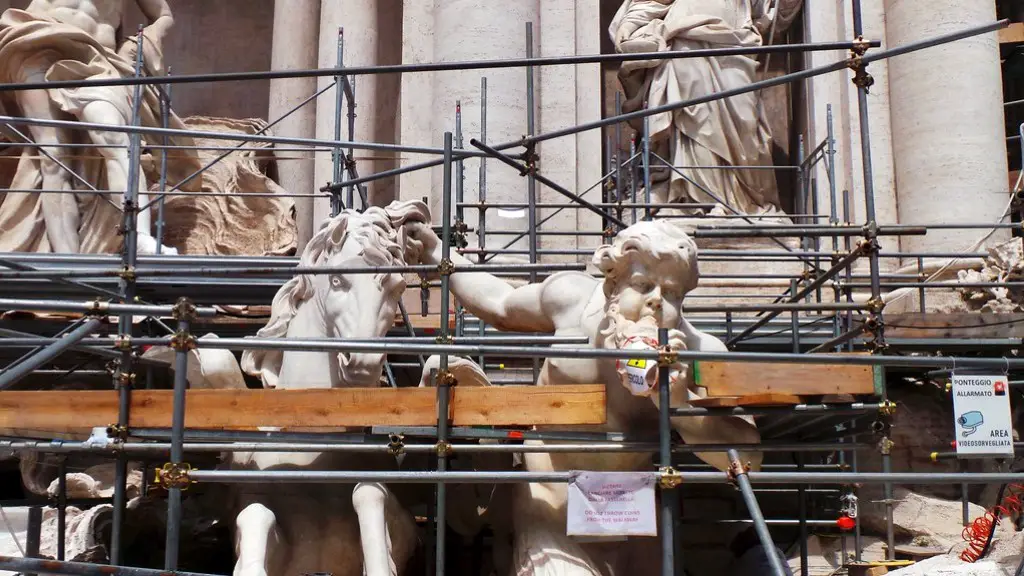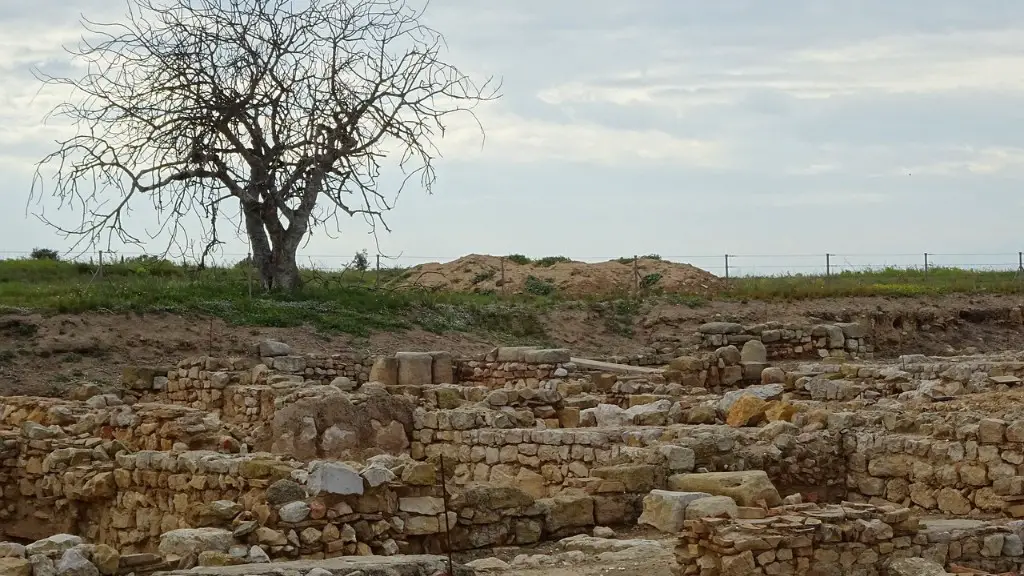The infrastructure of Rome
The accomplishments of the Ancient Roman civilization are renowned in the annals of history. From the construction of grand aqueducts, to the intricate road networks, Ancient Rome was a wealthy, cosmopolitan superpower with architectural grandeur that matched its mighty political might.
The intricate urban planning, the first fully developed banking system, and the practical laws all laid the foundation for the Roman Empire. Even after the fall of the Republic and rise of the Empire, the administration that governed the Roman state was nothing short of excellent.
The outcome of these governmental changes was a series of imperial roads, new ports and architectural majesty. Roman engineering was applied to a wide variety of projects and grand feats, like the construction of grand aqueducts. Through these feats, Rome increased its population, wealth, and ultimately its power-base.
Roman architecture is renowned for its efficient use of resources, balance of form and function, and beauty. The Colosseum, for instance, was an architectural marvel, effectively utilizing the shape of a giant amphitheater for seating, concerts and gladiator fights.
The Engineering and Construction of the Colosseum, which today attracts thousands of visitors from around the world, was no small feat. It was an example of classic Roman engineering and the skills and expertise of the Empire at its peak.
The advancements in technology, engineering and construction played an important role in boosting Rome’s standing in the ancient world. The praetorian guard, military campaigns, and grand feats of engineering helped to create and propagate a strong, united Rome.
The Final Decline
When the Roman Empire’s decline began in earnest, the decline in technology had a direct impact. Sophisticated engineering projects and new banks were no longer possible. This in turn affected the infrastructure of the city itself, as the decline in construction saw the decline in quality of roads and aqueducts.
The decline in Roman construction was also evident in the decline of the Colosseum, as earthquakes and other disasters took their toll on its grand design. Buildings were left unattended or ruined and the intricate urban planning, which Rome was famed for, was eventually forgotten.
The decline of Rome left an emptiness in the region, one that could not be replaced with the same level of engineering achievement. Overall, the decline in Roman engineering had a major impact on the region – and it is a legacy that still lingers today.
But what caused the decline of Rome’s remarkable engineering achievements? The reasons are debated by experts to this day.
Political Struggles
Many experts point to the political instability of the time as the main cause. As Rome declined and the Republic gave way to an autocratic Emperor, the Roman state was left in disarray. Cracks in the civil infrastructure started to show, as military campaigns and civil unrest took their toll.
The Roman Empire also began to suffer from unrest in its farthest reaches as provinces began to experience economic and political decline. The decline in international power and rising civil unrest left Rome unable to support the ambitious projects of its predecessors.
Economic Struggles
The other major factor in Rome’s decline was the crippling economic decline. Years of political turmoil and civil war had drained the empire of its financial resources. The grand feats of engineering, which had so impressed the world in its heyday, could no longer be maintained.
The lack of money was further compounded by rampant inflation. People were no longer able to pay for the expensive engineering works, and so construction projects were cut and forgotten.
Cultured Crisis
Rome’s decline was not just one of political or economic struggles. A pronounced cultural decline took hold as the early culture of Rome started to fade away. Religion and tradition started to be replaced by a more secular outlook, and the literature and art of the Empire started to become less impressive.
The change in cultural attitudes towards engineering works had a significant impact on the construction efforts of the time. Great works of engineering were no longer acclaimed, and so the production of such works diminished.
The Barbarians
It is also important to note that Rome was not only affected by internal problems. The Empire was also subject to a number of outside threats. As the Empire weakened, so did its borders, allowing Barbarian forces to exploit the turmoil and destruction throughout the region.
Barbarian invasions resulted in the destruction of countless engineering marvels throughout the region, compounding the lack of resources and labor, and ultimately furthering the decline.
The Slow Decay
The slow decay of Roman engineering accomplishments was a combination of both external and internal forces. The would-be unstoppable force of Roman engineering was crippled by the Empire’s own political and economic woes. The encroachment of outsiders and the cultural changes of the time all had an impact on the construction and engineering of Rome.
A New Age
The decline of Roman engineering is a lesson in how civilizations can succumb to the weight of their own successes. Although Rome’s engineering greatness was lost, so too was the essence of its culture and identity, as the whole of Europe entered an entirely new age.
Today, we can look back on Rome’s accomplishments and marvel at its greatness. But we can also look back and understand what went wrong, and how fragile a civilization really is.
Lessons Learned
Roman engineering accomplishments were a great example of the potential of human ingenuity, but they are also a cautionary tale. The power of an empire is no match for the power of its own internal divisions, as we’ve seen throughout the course of history.
The downfall of Rome serves as an important reminder of how a great civilization can fail if its people are divided, and this lesson is still relevent today.
The Advancing Revolution
Rome’s ultimately unsuccessful attempt to become a leader in engineering is a reminder that progress is difficult, but necessary for a civilized world. Although Rome’s engineering projects have since been forgotten, the legacy of Roman engineering serves today to inspire engineers and innovators.
As a reminder of the potential of engineering and construction, Rome remains an important part of the modern engineering landscape, and its legacy will live on.
A New Perspective
The advancements in infrastructure and engineering of the Roman Empire were incredible feats of human ingenuity. The grandeur of Rome has been lost to history, but the significance of Rome’s advancements is still felt to this day.
Rome’s accomplishments have since been forgotten, but their importance remains. The economic, political and cultural shifts that caused the empire’s demise are still felt today, and serve as a reminder that civilizations are fragile and can crumble if not ably managed.
Modern society owes much to Rome’s engineering accomplishments, and they should be remembered as a testament to human potential.





